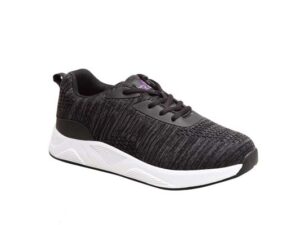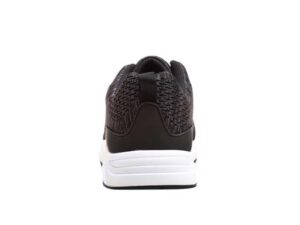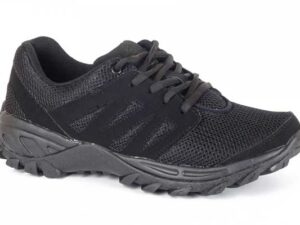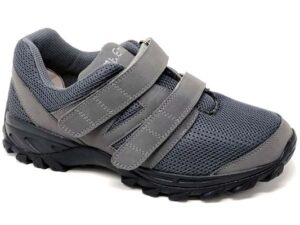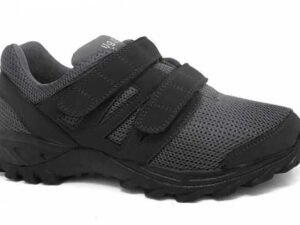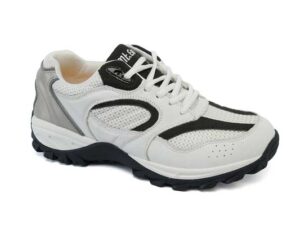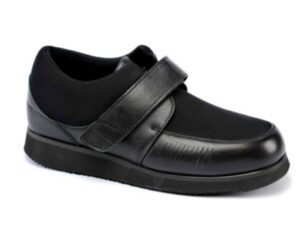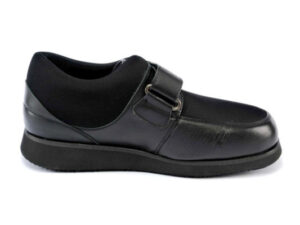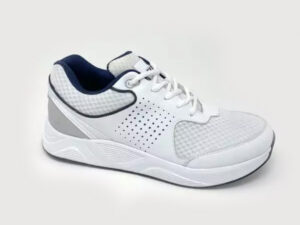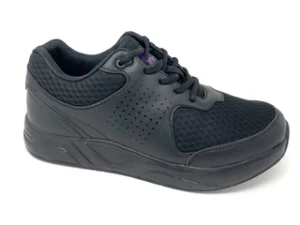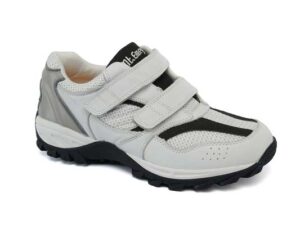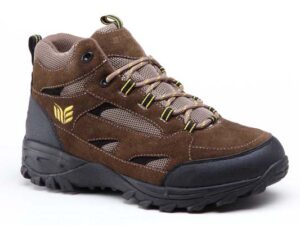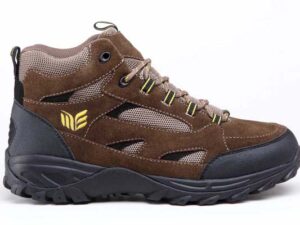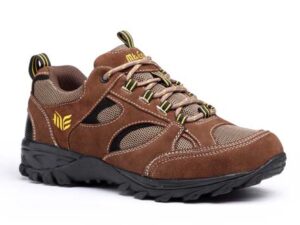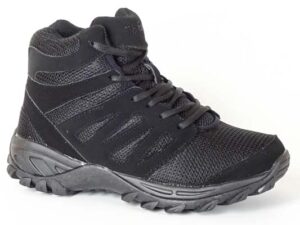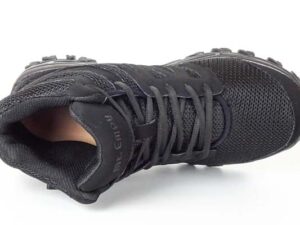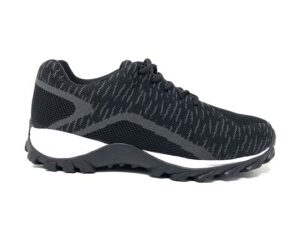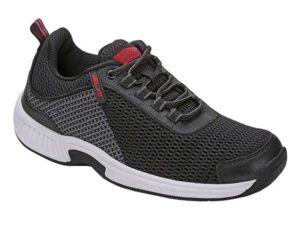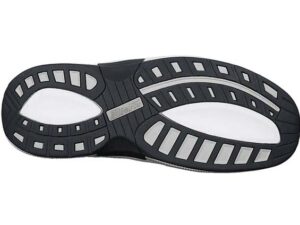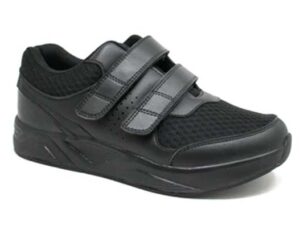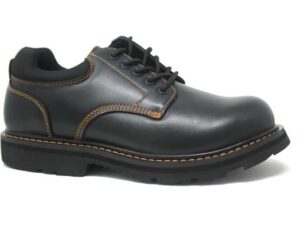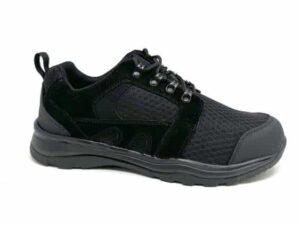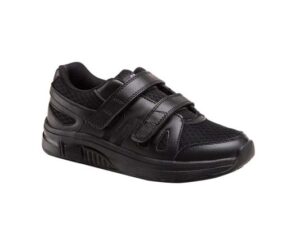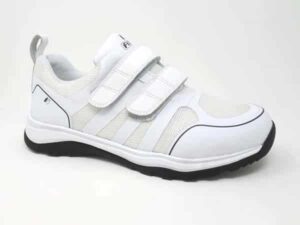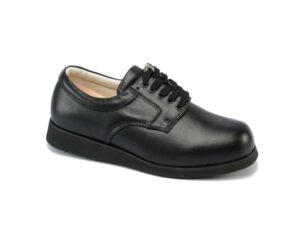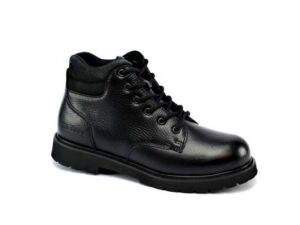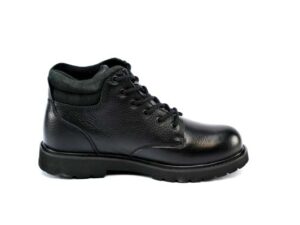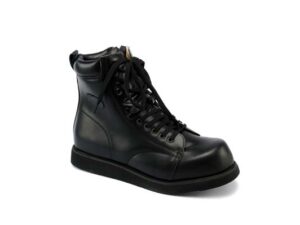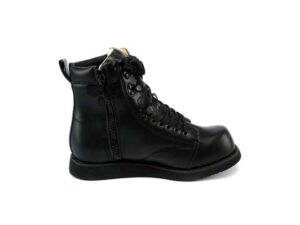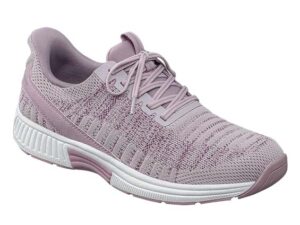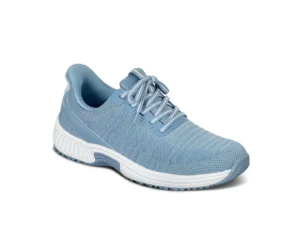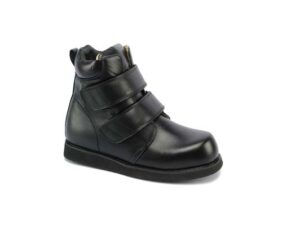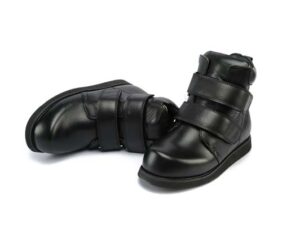What should you look for when buying shoes for swollen feet?
For those experiencing swollen feet (edema), the right footwear is paramount. Be it medical conditions, pregnancy, or prolonged standing, the right shoes offer relief and comfort. Below is a summarized table detailing the essential features to consider when choosing shoes for swollen feet:
| Feature | Description |
|---|---|
| Adjustable Closures | Tailor the fit to your needs. |
| Wide Width Options | Essential for extra room and reduced pressure. |
| Cushioned Insoles | A foundational aspect of foot comfort. |
| Seamless Interior | No friction means no irritation. |
| Breathable Materials | Keep your feet cool and moisture-free. |
| Low Heel Height | Maximum comfort without strain. |
| Roomy Toe Box | Allows natural toe spread and reduces pressure. |
| Supportive Arch | For maintaining foot alignment and reducing discomfort. |
| Removable Insoles | Flexibility to replace with custom orthotics. |
| Non-Slip Soles and Diabetic-Friendly Features | Safety first, especially for those with diabetes. |
It is essential to measure correctly, so ensure you understand how to measure foot size. For men, explore our specialized selection here, and for women, check out our curated collection here.
Continue reading to delve deeper into each of these crucial features, ensuring you select the best shoes for swollen feet.
-
Men’s Shoe For Swollen Feet Adjustable Closures: Adjustability is paramount for swollen feet. Opt for shoes with adjustable features like Velcro straps or laces. They can adapt to swelling fluctuations, ensuring comfort all day long.
- Wide Width Options: It’s essential to choose shoes that offer wide width options, granting additional space and reducing pressure. This way, your feet can breathe, and comfort is maximized.
- Cushioned Insoles: Insoles provide the foundation of foot comfort. Memory foam insoles adapt to the foot’s contour, ensuring reduced pressure points and increased comfort.
- Seamless Interior: A seamless interior ensures no friction against sensitive, swollen areas. Shoes with this feature offer a smoother and irritation-free experience.
- Breathable Materials: Materials like mesh or leather provide excellent breathability, ensuring your feet remain cool and reducing moisture buildup.
- Low Heel Height: While high heels might be stylish, they can strain swollen feet. Shoes with low heels or flat soles are recommended for optimal comfort.
- Roomy Toe Box: To reduce pressure on swollen areas, ensure your shoes have a spacious toe box. This design allows your toes to spread naturally.
- Supportive Arch: Shoes that offer robust arch support can significantly reduce discomfort. They maintain foot alignment and are crucial for those with swollen feet.
- Removable Insoles: This feature offers flexibility. You can replace the insoles with custom orthotics, ensuring personalized fit and support.
- Non-Slip Soles and Diabetic-Friendly Features: Safety is paramount. Shoes with non-slip soles reduce the risk of accidents. And, for those with diabetes, shoes with added depth and seamless interiors can prevent skin irritations.
In your journey to find the perfect shoe, consider these essential features. Prioritize comfort and support, and take the time to try several options.
Moreover, if you need personalized advice tailored to your needs, our comprehensive guide on shoes for swollen feet or contact us for expert guidance.
Let your feet enjoy the comfort they deserve.


